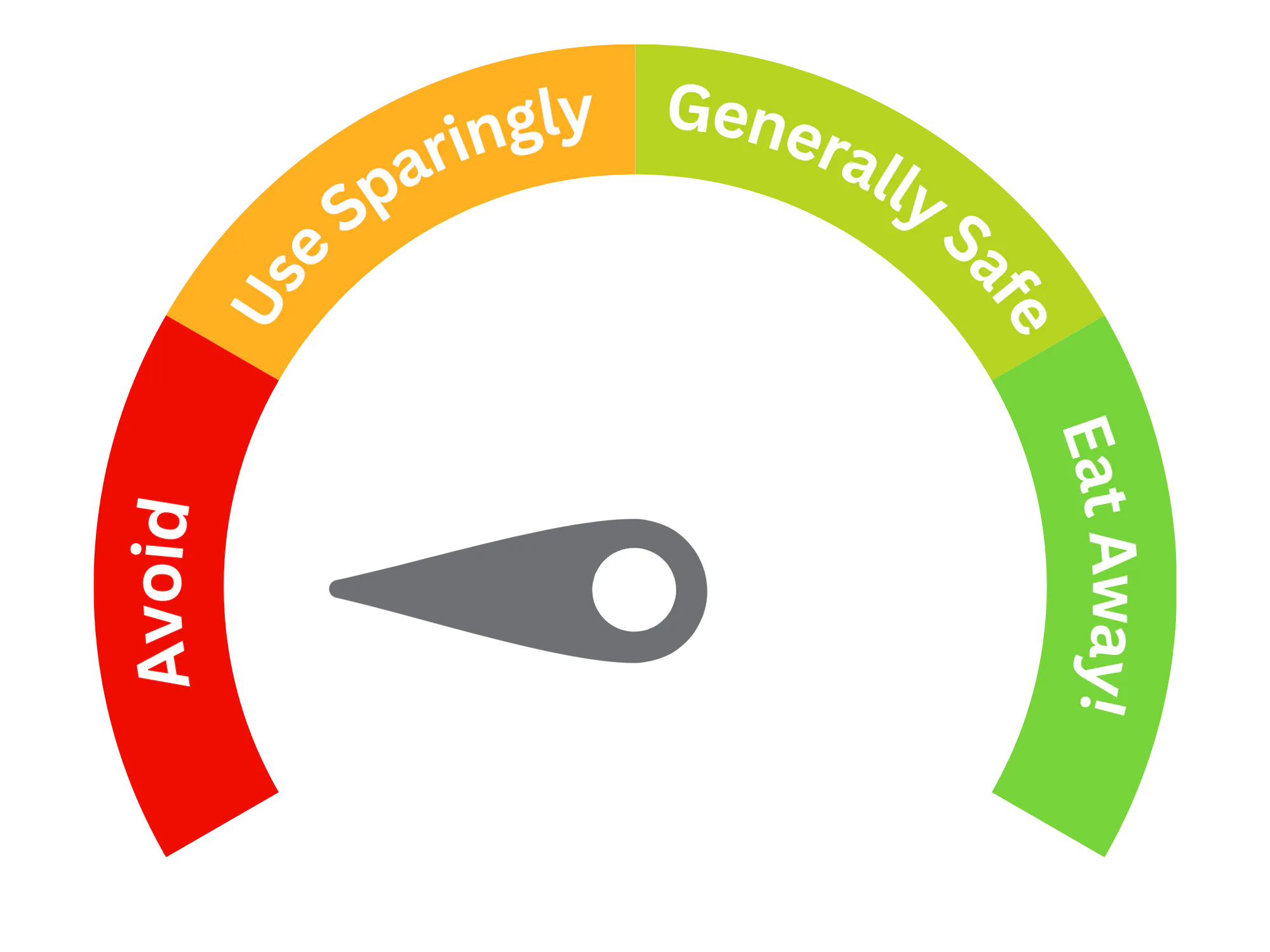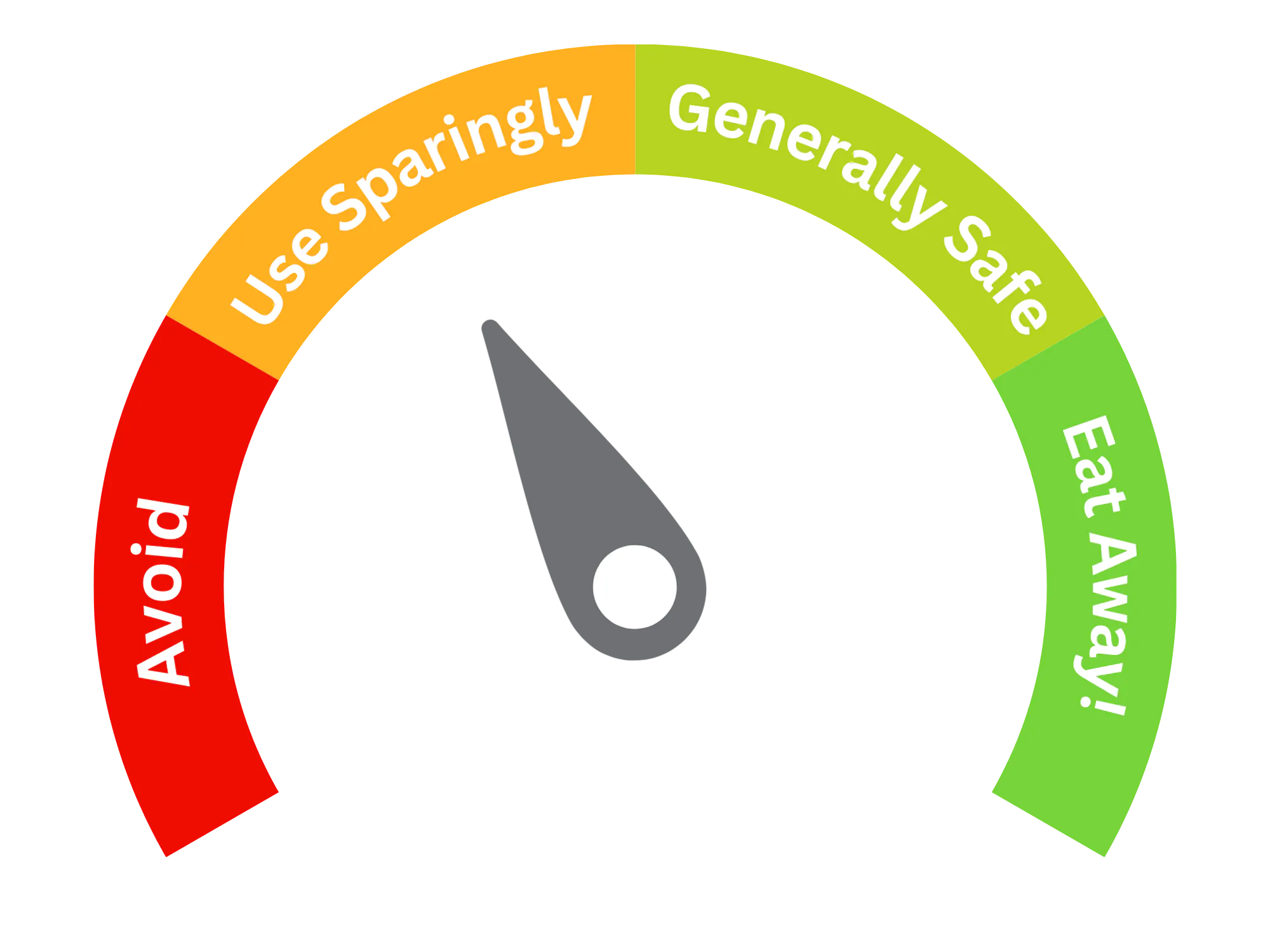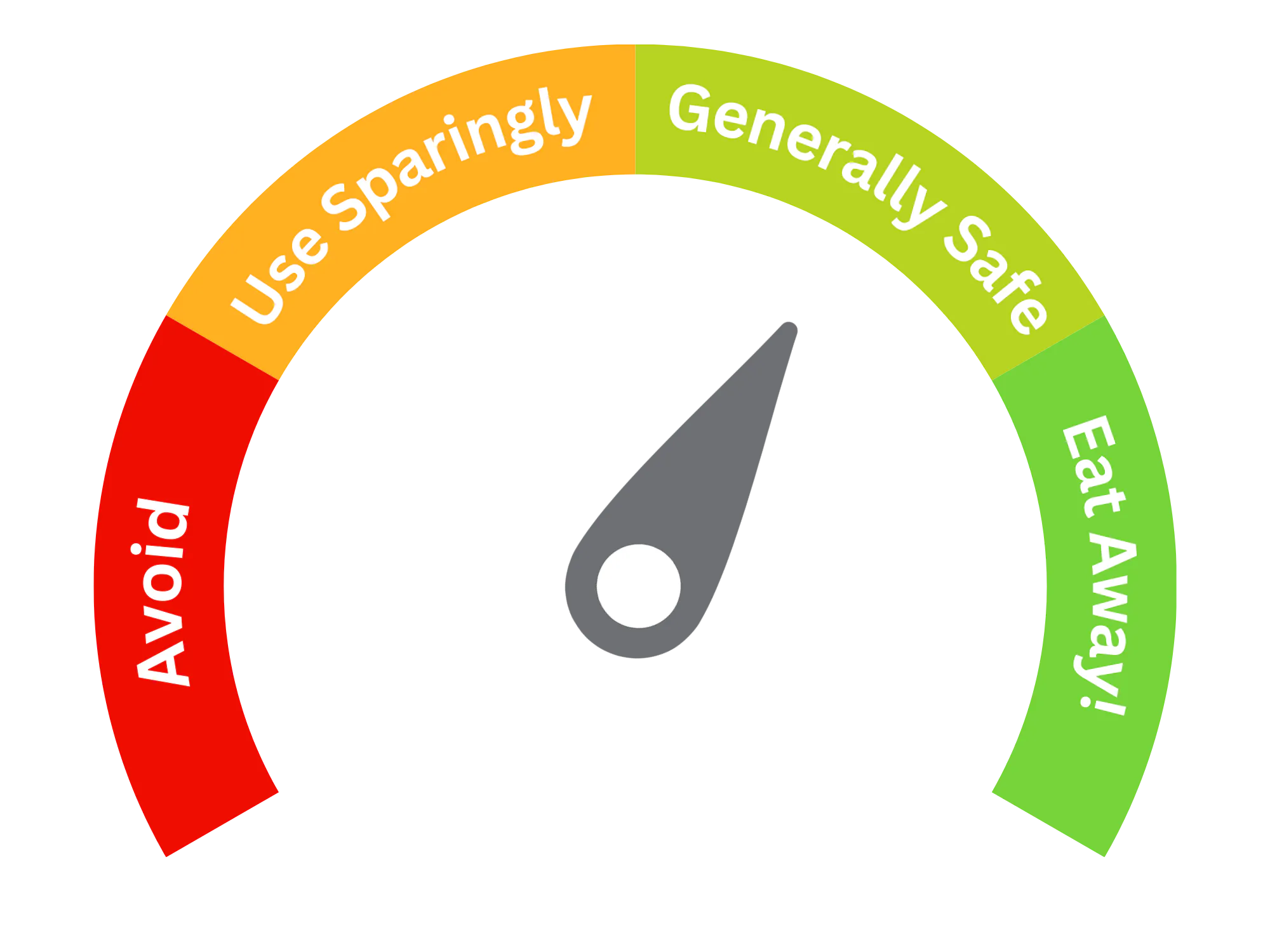Anthocyanins (E163)
Purpose and Function
Anthocyanins (E163) are natural pigments found in many fruits and vegetables, particularly those that are red, purple, or blue. They are derived from plant sources such as berries (blueberries, blackberries), red cabbage, grapes, and eggplants. In the food industry, anthocyanins are used as natural colorants to provide red, purple, and blue hues. Common applications include:
- Beverages: Used in fruit juices, flavored waters, wines, and soft drinks for red, purple, or blue coloring.
- Confectionery: Added to candies, jellies, and sweets for vibrant color.
- Dairy products: Found in products like yogurt, ice cream, and flavored milk for color enhancement.
- Processed foods: Used in sauces, jams, jellies, and baked goods to impart color naturally.
- Bakery goods: Applied in pastries, cakes, and other baked products for a colorful appearance.
Anthocyanins (E163) are highly valued for their natural origin and wide range of colors, making them a preferred alternative to synthetic dyes in food products.
Potential Risks and Side Effects
Anthocyanins (E163) are considered safe for consumption and are naturally found in many fruits and vegetables. However, a few considerations include:
- No known allergic reactions: Anthocyanins are natural compounds, and there are no significant reports of allergic reactions associated with their use in food products.
- Color degradation: Anthocyanins are sensitive to changes in pH, light, and temperature, which can cause the color to fade or change over time. This makes them less stable than synthetic dyes in some applications.
- Health benefits: They are known for their antioxidant properties, which may contribute to health benefits such as improved heart health, reduced inflammation, and potential protection against certain chronic diseases.
Overall, anthocyanins are a safe, natural, and beneficial colorant option, widely used in food products for both their vibrant color and health-promoting properties.




